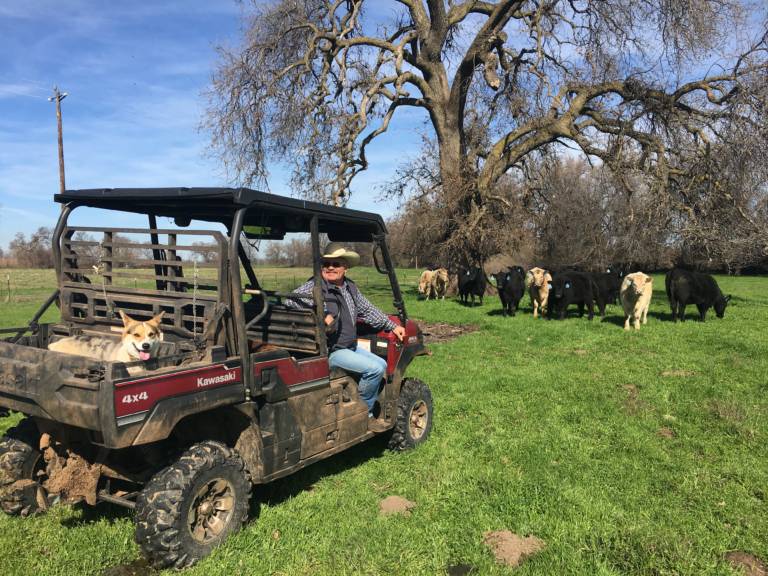The thorny problem of dual governance in counties with Indian reservations and large Native American populations is of growing importance. Geographically, only a fraction of San Juan County is occupied by tribal lands. But, the Native American tribal leaders wield significant political clout due to population, shared jurisdiction over lands and resources within the county, as well a large bloc of voters who may vote identity first, and local issues second.
by Marjorie Haun
A series of public meetings scheduled to be held November 16th in San Juan County, Utah, may have implications that resonate far outside this rural region of the state. In 2012, San Juan County lost a lawsuit brought by the Navajo Nation over alleged redistricting along ‘racial lines.’ As a result, the federal court took over the local redistricting process, and is directing the meetings. The public notice reads: “The United States District Court in Utah, through the services of Special Master Bernard Grofman, is in the process of redrawing the County Commission and School Board Election Districts in San Juan County. The court will hold public hearings in Monticello and Bluff to receive public input on proposed preliminary election districts. San Juan County residents are encouraged to attend the public hearings.”
But many locals in San Juan County worry that the federal court is attacking the sovereignty of local elected government. On November 14, the Monticello, Utah-based blog, The Petroglyph, reported:
The meetings are related to a lawsuit brought by the Navajo Nation against San Juan County in 2012. The lawsuit alleged that county leaders gerrymandered districts along racial lines…
Now the tribe wants two of the three county commission seats to be held exclusively by Native Americans. The tribe also wants to redistrict school board seats to give the tribe a majority of seats there as well.
Around 1984 the federal government filled a lawsuit against San Juan County that resulted in our current boundaries, and voting restrictions for each district as well. As a result, two-thirds of the citizens in San Juan County have not been represented by two of the three county commissioners for over 30 years. Voters are allowed only to vote for the candidate in their district, and have no say about the other two districts. The tax-paying citizens San Juan County, no matter their race or where they live, have lacked proper representation due to the dictates of the federal court.
Once again, the federal court has sided with the Navajo Tribe and has handed down a ruling that effectively nullifies the constitutional rights of San Juan County’s citizens. It probably comes as no surprise that it was U.S. District Judge Robert Shelby, who issued the decision. Shelby has, in past decisions, demonstrated a blatant disregard for the U.S. Constitution and the rights of the citizens of San Juan County.
The southernmost quarter of San Juan County is occupied by the Navajo Reservation, and Native Americans account for approximately half of the population. Although there are Navajo families who live outside the reservation boundaries, many are heavily influenced by the Navajo Nation, which has an overall population of 300,000 in three states, and a political structure–and agendas–separate from San Juan County local governments. It is this aspect of the redistricting lawsuit that has many in San Juan County concerned about its possible political underpinnings. The Petroglyph goes on to detail possible ulterior motives at play:
Shelby, and those leaders within the Navajo Nation who are pushing the redistricting effort, have a shared allegiance to certain billion-dollar environmental special interests that seek greater control over local decision-making in San Juan County and over all that land within the county’s borders.
The Navajo lawsuit against San Juan County is not unique, and there are other cases in which tribes have made great efforts to gain primacy on local county and school boards. All three commission seats in Glacier County, Montana, are occupied by members of the Blackfeet Tribe. Recent decisions by the commissioners compelled taxpayers in Glacier County to issue a lawsuit against the state and county for ‘fiscal mismanagement.’ A decision was handed down by the Montana Supreme County on October 25 of this year, rejecting the taxpayers’ claims. But because of the dual nature of tribal and county governments, it’s unlikely that the complaints of Glacier County taxpayers will subside, because Glacier County Commissioners appear to have interests in both tribal and county politics.
Glacier County’s fiscal problems may stem from those divided interests, and from the fact that the commissioners are making decisions about tax assessments, land use, public services, etc. from which they and their tribal colleagues are exempt. Those decisions often benefit the co-located tribal governments, rather than the county government they were elected to serve. For example, the town of Browning, MT (Glacier County) has already gone into bankruptcy and been taken over by the Blackfeet Tribe. Glacier County is headed toward bankruptcy, as are other counties where tribal members hold majorities on local county and school boards, including Big Horn and Lake Counties, also in Montana.
The thorny problem of dual governance in counties with Indian reservations and large Native American populations is of growing importance. Geographically, only a fraction of San Juan County is occupied by tribal lands. But, the Native American tribal leaders wield significant political clout due to population, shared jurisdiction over lands and resources within the county, as well a large bloc of voters who may vote identity first, and local issues second.
The issue in San Juan County, Utah, is certainly not settled, but as in other localities where there are dual governments, often with opposing interests, the question of what comprises fair redistricting will surely remain a contentious one.
[paypal_donation_button]
Free Range Report
[wp_ad_camp_3]
[wp_ad_camp_2]



